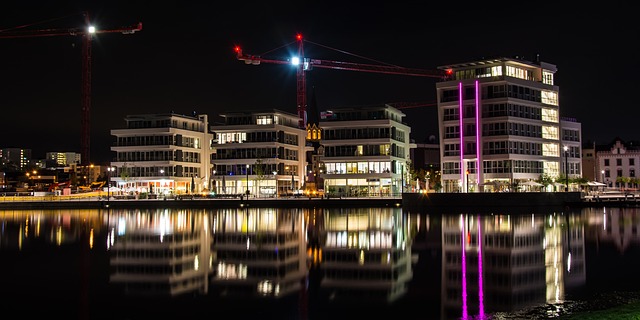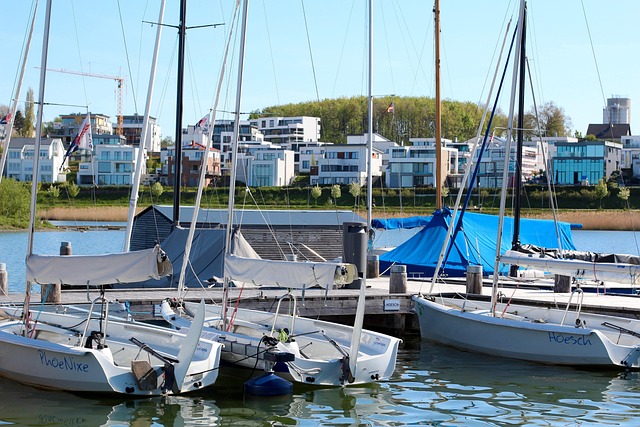Neighborhoods are vital in real estate as they offer diverse lifestyles, unique characteristics, and cultural blends, from bustling urban centers to tranquil suburbs. Real estate professionals guide clients through these areas, highlighting local attractions like schools, parks, and community events, fostering a sense of belonging. Understanding neighborhoods is crucial for both professionals and individuals, as it shapes daily life and preferences, with various options like gentrified, historic, or industrial districts catering to different lifestyles.
In today’s dynamic real estate landscape, understanding and leveraging varied neighborhoods is key to finding the perfect fit for every lifestyle. From bustling industrial areas to historic gems, diverse communities offer a tapestry of unique amenities, cultures, and community experiences. This article explores different types of neighborhoods, highlights their benefits for various demographics, and provides practical tips for navigating real estate options in these captivating areas. Discover how these diverse neighborhoods cater to changing lifestyles and adapt to evolving needs in the world of real estate.
Understanding Diverse Neighborhoods

Neighborhoods are more than just geographic divisions; they’re vibrant communities that shape our daily lives and reflect diverse lifestyles. When it comes to real estate, understanding this diversity is key. Each neighborhood offers a unique blend of culture, amenities, and architecture, catering to various tastes and needs. From bustling urban centers teeming with life and entertainment to quieter suburban areas offering a peaceful retreat, there’s a perfect fit for every individual or family.
Exploring these diverse neighborhoods allows prospective home buyers or renters to envision their ideal lifestyle. Real estate professionals play a crucial role in guiding clients through this process, highlighting aspects like local schools, convenience stores, parks, and community events that contribute to the overall appeal of each area. By embracing this diversity, individuals can discover not just a place to live but a community to thrive in.
– Defining neighborhoods and their significance in real estate

Neighborhoods are integral to the real estate landscape, shaping the way we live and interact with our surroundings. They represent a collection of residential areas characterized by shared amenities, demographics, and cultural traits. In the context of real estate, understanding neighborhoods is key to matching buyers and renters with suitable homes that cater to their lifestyles and preferences. Each neighborhood has its unique vibe, offering a range of housing options from bustling urban centers teeming with life and convenience to tranquil suburban areas providing a sense of community and open spaces.
Defining a neighborhood goes beyond geographical boundaries; it encompasses the social fabric, local attractions, and infrastructure that create a distinct character. Real estate professionals leverage this understanding to market properties effectively, highlighting the benefits of living in vibrant communities where residents can enjoy easy access to schools, parks, shopping centers, and entertainment hotspots. The significance of neighborhoods in real estate is undeniable, as they contribute to the overall quality of life, influencing decisions about where people choose to call home.
– Types of diverse neighborhoods (gentrified, historic, industrial, etc.)

In the realm of real estate, diverse neighborhoods cater to a multitude of lifestyles and preferences. These communities can be categorized into several types, each offering its own unique character and attractions. Gentrified areas, for instance, often feature a mix of old and new, with historic buildings undergoing renovation to accommodate modern amenities. They are known for their vibrant culture, trendy cafes, and diverse arts scene, attracting young professionals and families seeking an urban yet intimate setting.
On the other hand, historic neighborhoods preserve the charm of bygone eras. These areas boast well-preserved architecture, tree-lined streets, and a strong sense of community. They appeal to those who appreciate nostalgia and value the rich cultural heritage, while also attracting investors looking for investment opportunities in established properties. Industrial districts, characterized by converted warehouses and lofts, are another type, catering to artists, startups, and creatives, thanks to their open spaces and edgy, urban vibe.






